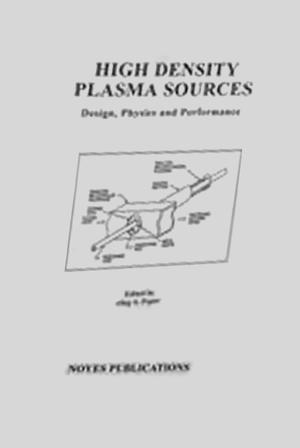Nonlinear Dynamics of Rotating Shallow Water: Methods and Advances
Nonfiction, Science & Nature, Science, Physics, Mechanics| Author: | Vladimir Zeitlin | ISBN: | 9780080489469 |
| Publisher: | Elsevier Science | Publication: | April 3, 2007 |
| Imprint: | Elsevier Science | Language: | English |
| Author: | Vladimir Zeitlin |
| ISBN: | 9780080489469 |
| Publisher: | Elsevier Science |
| Publication: | April 3, 2007 |
| Imprint: | Elsevier Science |
| Language: | English |
The rotating shallow water (RSW) model is of wide use as a conceptual tool in geophysical fluid dynamics (GFD), because, in spite of its simplicity, it contains all essential ingredients of atmosphere and ocean dynamics at the synoptic scale, especially in its two- (or multi-) layer version. The book describes recent advances in understanding (in the framework of RSW and related models) of some fundamental GFD problems, such as existence of the slow manifold, dynamical splitting of fast (inertia-gravity waves) and slow (vortices, Rossby waves) motions, nonlinear geostrophic adjustment and wave emission, the role of essentially nonlinear wave phenomena. The specificity of the book is that analytical, numerical, and experimental approaches are presented together and complement each other. Special attention is paid on explaining the methodology, e.g. multiple time-scale asymptotic expansions, averaging and removal of resonances, in what concerns theory, high-resolution finite-volume schemes, in what concerns numerical simulations, and turntable experiments with stratified fluids, in what concerns laboratory simulations. A general introduction into GFD is given at the beginning to introduce the problematics for non-specialists. At the same time, recent new results on nonlinear geostrophic adjustment, nonlinear waves, and equatorial dynamics, including some exact results on the existence of the slow manifold, wave breaking, and nonlinear wave solutions are presented for the first time in a systematic manner.
· Incorporates analytical, numerical and experimental approaches in the geophysical fluid dynamics context
· Combination of essentials in GFD, of the description of analytical, numerical and experimental methods (tutorial part), and new results obtained by these methods (original part)
· Provides the link between GFD and mechanics (averaging method, the method of normal forms); GFD and nonlinear physics (shocks, solitons, modons, anomalous transport, periodic nonlinear waves)
The rotating shallow water (RSW) model is of wide use as a conceptual tool in geophysical fluid dynamics (GFD), because, in spite of its simplicity, it contains all essential ingredients of atmosphere and ocean dynamics at the synoptic scale, especially in its two- (or multi-) layer version. The book describes recent advances in understanding (in the framework of RSW and related models) of some fundamental GFD problems, such as existence of the slow manifold, dynamical splitting of fast (inertia-gravity waves) and slow (vortices, Rossby waves) motions, nonlinear geostrophic adjustment and wave emission, the role of essentially nonlinear wave phenomena. The specificity of the book is that analytical, numerical, and experimental approaches are presented together and complement each other. Special attention is paid on explaining the methodology, e.g. multiple time-scale asymptotic expansions, averaging and removal of resonances, in what concerns theory, high-resolution finite-volume schemes, in what concerns numerical simulations, and turntable experiments with stratified fluids, in what concerns laboratory simulations. A general introduction into GFD is given at the beginning to introduce the problematics for non-specialists. At the same time, recent new results on nonlinear geostrophic adjustment, nonlinear waves, and equatorial dynamics, including some exact results on the existence of the slow manifold, wave breaking, and nonlinear wave solutions are presented for the first time in a systematic manner.
· Incorporates analytical, numerical and experimental approaches in the geophysical fluid dynamics context
· Combination of essentials in GFD, of the description of analytical, numerical and experimental methods (tutorial part), and new results obtained by these methods (original part)
· Provides the link between GFD and mechanics (averaging method, the method of normal forms); GFD and nonlinear physics (shocks, solitons, modons, anomalous transport, periodic nonlinear waves)















